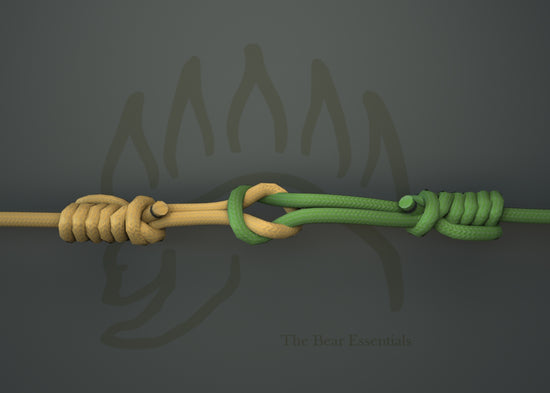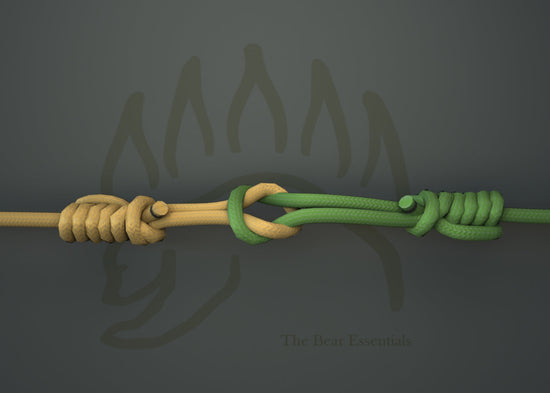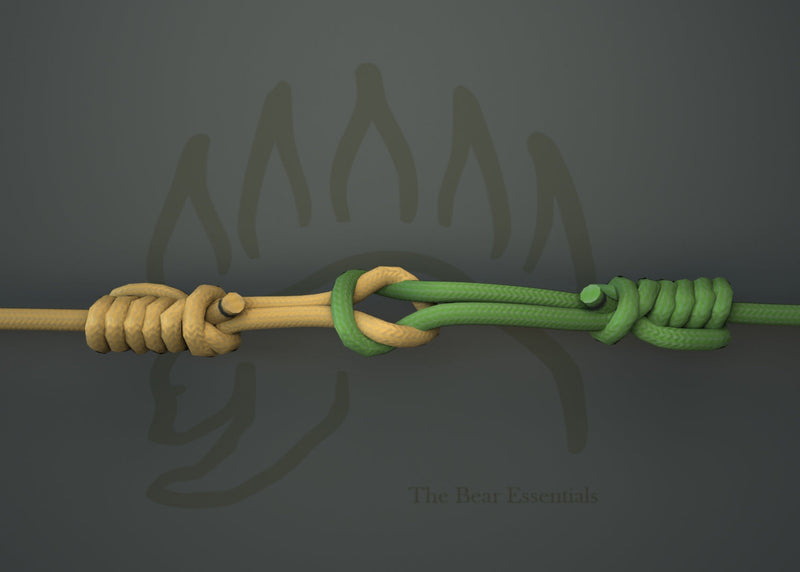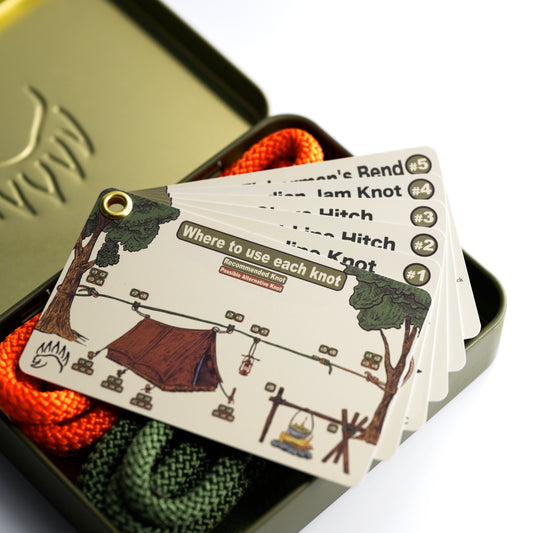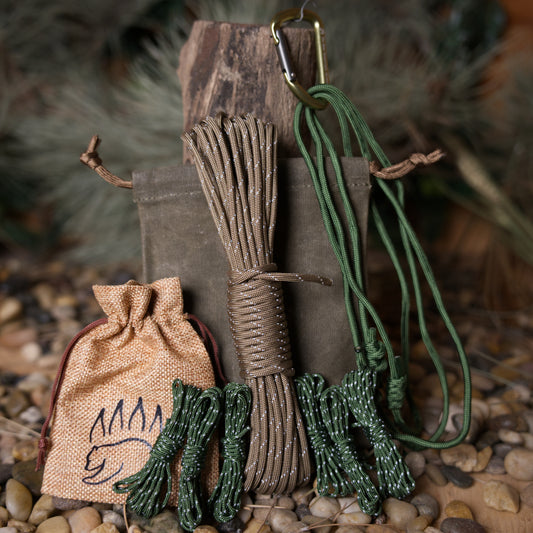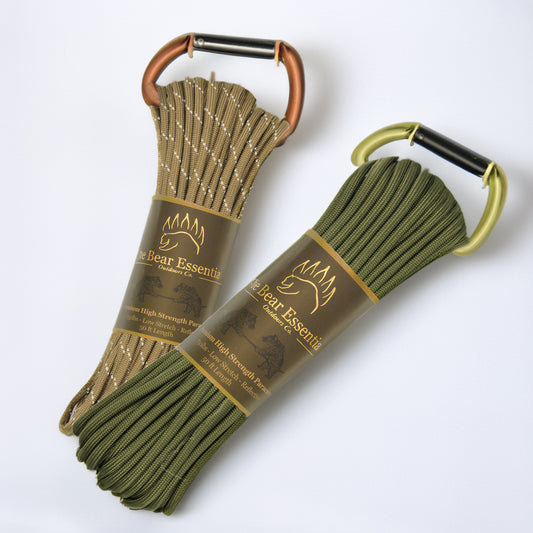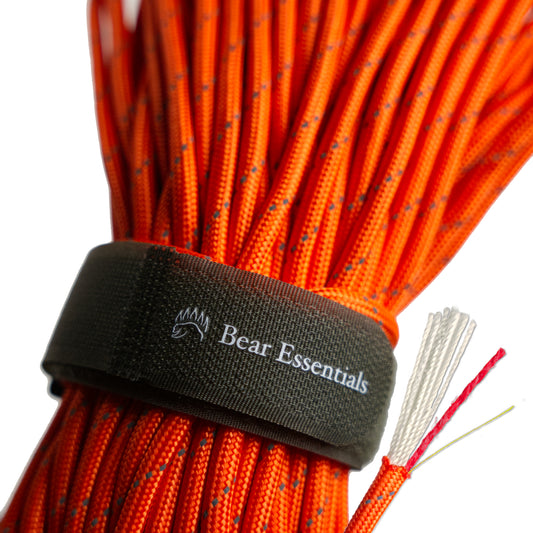How to Tie the Loop to Loop Knot
Usage
The Loop to Loop Knot is widely used in fly fishing to connect the fly line to the leader, allowing for quick adjustments and seamless connections. It preserves line strength while offering a detachable design for easy leader swaps.
Why Learn the Loop to Loop Knot?
The Loop to Loop Knot’s interlocking design ensures a reliable, detachable connection between lines. It's favored for its simplicity, quick setup, and ability to preserve the strength of the line compared to other knots like the Double Uni Knot.
Common Uses
-
Fishing:
- Joins fly line to leader for tackle setups.
- Connects loops for extending fishing lines.
-
Flyfishing:
- Attaches pre-tied leader loops to fly lines.
- Links backing to fly line in reel setups.
ABOK Number
(Ashley Book of Knots)
Other Names
Category
|
Notable Features
- Quick to Connect: Links loops in seconds, ideal for on-water adjustments.
- Preserves Line Strength: Avoids weakening lines compared to tight bends.
- Detachable: Allows easy swapping of leaders or lines without retying.
- Smooth Profile: Passes through rod guides with minimal resistance.
Variations
No true variations listed in the provided data. To add security, tie a stopper knot (e.g., Overhand Knot) on each tag end after interlocking to prevent accidental unlooping.
Similar Knots
Bimini Twist vs. Loop to Loop Knot
- Pros: Creates a stronger loop for heavy-duty fishing applications.
- Cons: More complex and time-consuming to tie than the Loop to Loop.
Surgeon’s End Loop vs. Loop to Loop Knot
- Pros: Quick to tie and strong for creating single loops in lines.
- Cons: Not detachable like the Loop to Loop, requiring cutting to separate.
Perfection Loop vs. Loop to Loop Knot
- Pros: Forms a reliable, fixed loop for one line, ideal for leader setups.
- Cons: Only creates a loop, not a join, unlike the Loop to Loop’s connection.
History
The Loop to Loop Knot likely emerged in fly fishing communities to simplify leader-to-line connections, reducing the need for complex knots. Its simplicity aligns with angling practices for detachable joins. Its widespread use in modern fly fishing reflects its practicality for quick adjustments on the water, particularly for delicate presentations.
Security Level
The Loop to Loop Knot offers reliable security when loops are properly sized and interlocked. It holds well under typical fishing loads but may slip if loops are mismatched or under extreme tension. Adding stopper knots on tag ends can enhance security for critical setups.
Downsides
- Loop requirement: Needs pre-tied loops, limiting spontaneity.
- Size sensitivity: Uneven loop sizes can lead to slippage.
Structure
- Ensure both lines have pre-tied loops (e.g., using a Perfection Loop).
- Pass the loop of the first line (e.g., fly line) through the loop of the second line (e.g., leader).
- Take the standing part of the second line and pass it through the loop of the first line.
- Pull both standing parts gently to interlock the loops securely.
- Check the connection to ensure loops are snug and aligned.
Pro Tip: Use similar-sized loops to prevent slippage during casting. Test the connection with light tension before fishing. Keep loops clean to avoid debris weakening the join.
FAQ
Is the Loop to Loop Knot strong enough for fly fishing?
Yes, it’s reliable for most fly fishing setups when loops are evenly sized and secure.
How does the Loop to Loop Knot compare to the Double Uni Knot?
It’s faster and detachable but requires pre-tied loops, unlike the Double Uni’s direct join.
Can the Loop to Loop Knot be used for heavy fish?
It works for light to medium fish; for heavier catches, consider stronger loops like the Bimini Twist.
Why use the Loop to Loop Knot over tying a new knot each time?
It saves time and preserves line strength, allowing quick leader changes.
Is the Loop to Loop Knot suitable for braided lines?
Yes, but ensure loops are secure, as braids can be slick; a stopper knot helps.
Important Notes on Safety
Common failure points include slippage from mismatched loop sizes or loose interlocking. Always verify loops are snug and test the connection before use. Check loop sizes for compatibility before joining. Inspect the knot for proper interlocking after tying. Practice the technique in low-stakes settings first.



